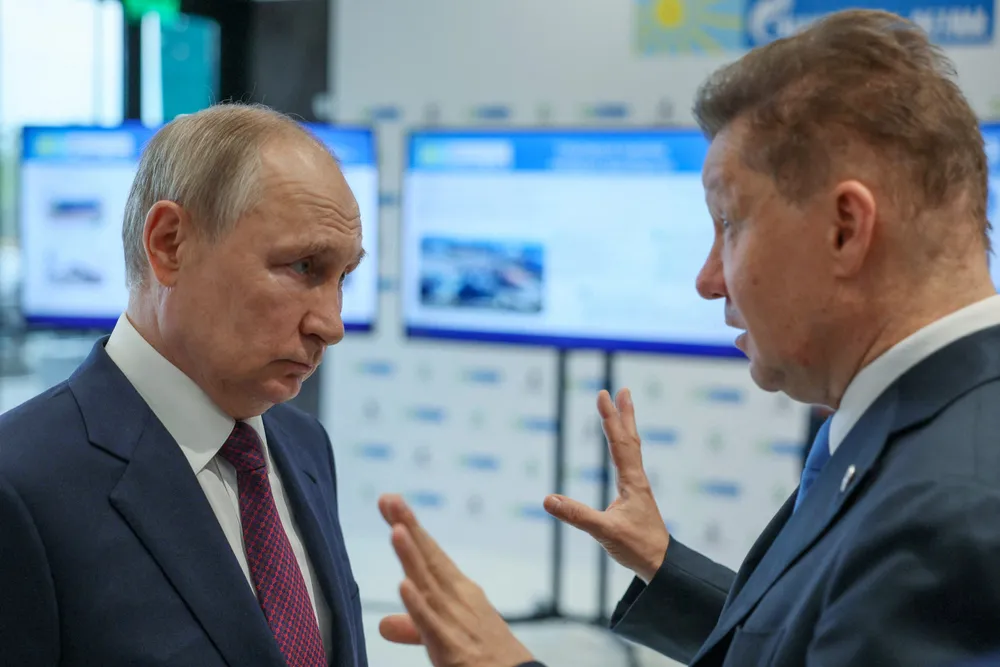Gazprom’s Russian LNG plans hit by new setback as contractors give tenders cold shoulder
Development of Tambey gas fields cluster underpins company’s plan to build its first LNG export terminal

Development of Tambey gas fields cluster underpins company’s plan to build its first LNG export terminal
